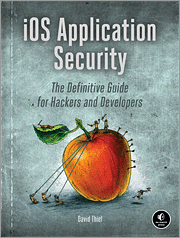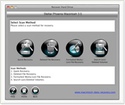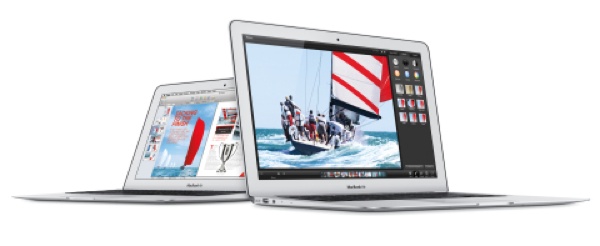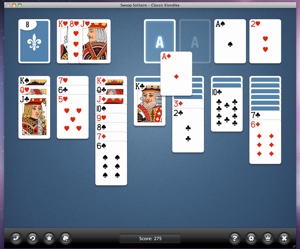Biometric technologies are developed constantly, strengthening their position in both existing markets like law enforcement and government applications, but also in emerging high-value segments like the consumer and banking markets.
Near-infrared iris recognition technology is a promising up-and-comer for both smartphone applications and enterprise access control, while ultrasound fingerprint and vein recognition companies are looking to establish their dominance in banking and finance applications, according to ABI Research (www.abiresearch.com).
Shortcomings on facial recognition, solid-state, and optical fingerprint technology are being revisited with companies unveiling new commercial deployments to secure their position in the market but some technical issues keep them from delivering to their full potential, according to the research group. Different end-user markets, however, have specific needs and restrictions and cannot accommodate all biometric technologies resulting in less than satisfactory deployments.
“We see companies not initially getting the expected ROI [return-on-investment] because of the combination of modality-application-vertical they chose to employ,” says Dimitrios Pavlakis, research analyst at ABI Research. “The overly advertised False Acceptance and False Rejection metrics are simply one part of a larger equation which includes: data quality, data storage, scalability, compatibility, application effectiveness, environmental fluctuations, and technical specifications among others.”
With the overall industry forecasted to reach US$26.8 billion in revenues by 2020, biometric security and surveillance is way past the “trend” threshold and is steadily making its way into multiple verticals—one segment at a time, according to ABI Research. Key vendors for biometric security include Saffran Morpho, 3M-Cogent, NEC Corp., and Crossmatch Technologies while market innovators deploying their own novel solutions include Qualcomm, Fujitsu, MasterCard, VKansee, HRS, Booz Allen, EyeVerify, and Google.




